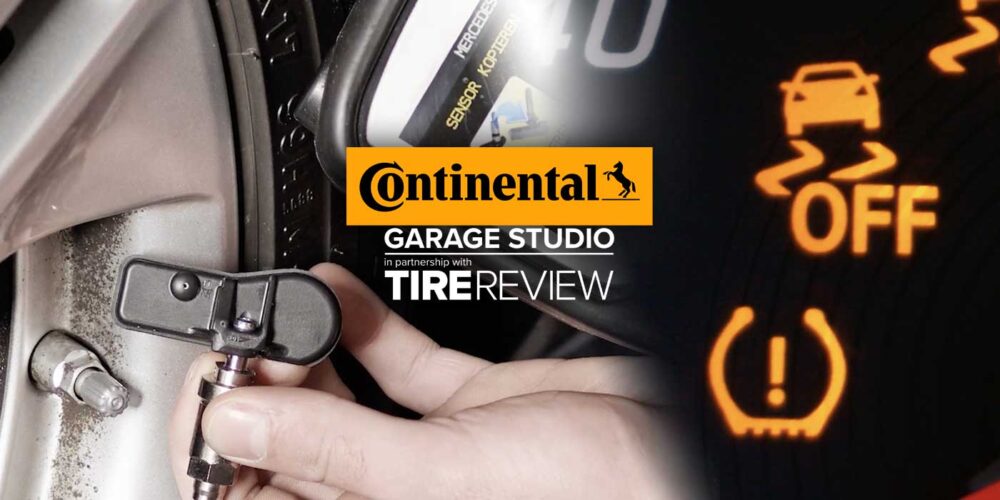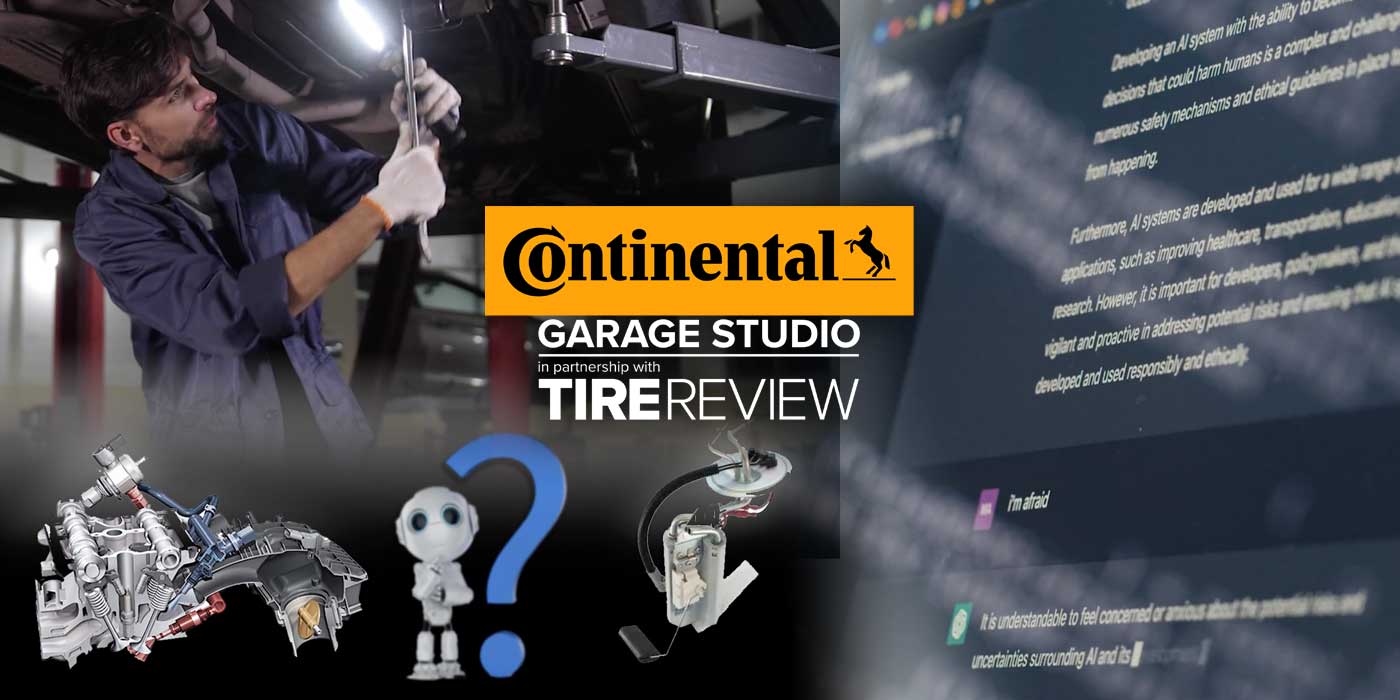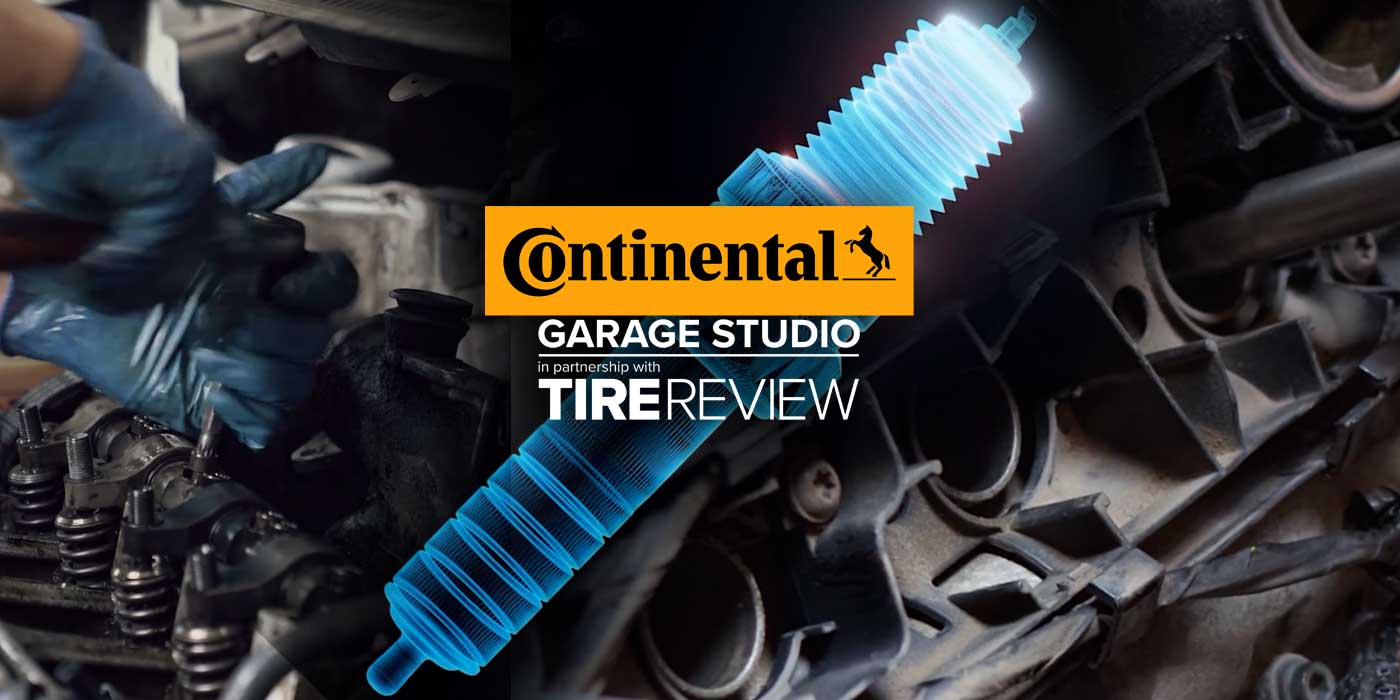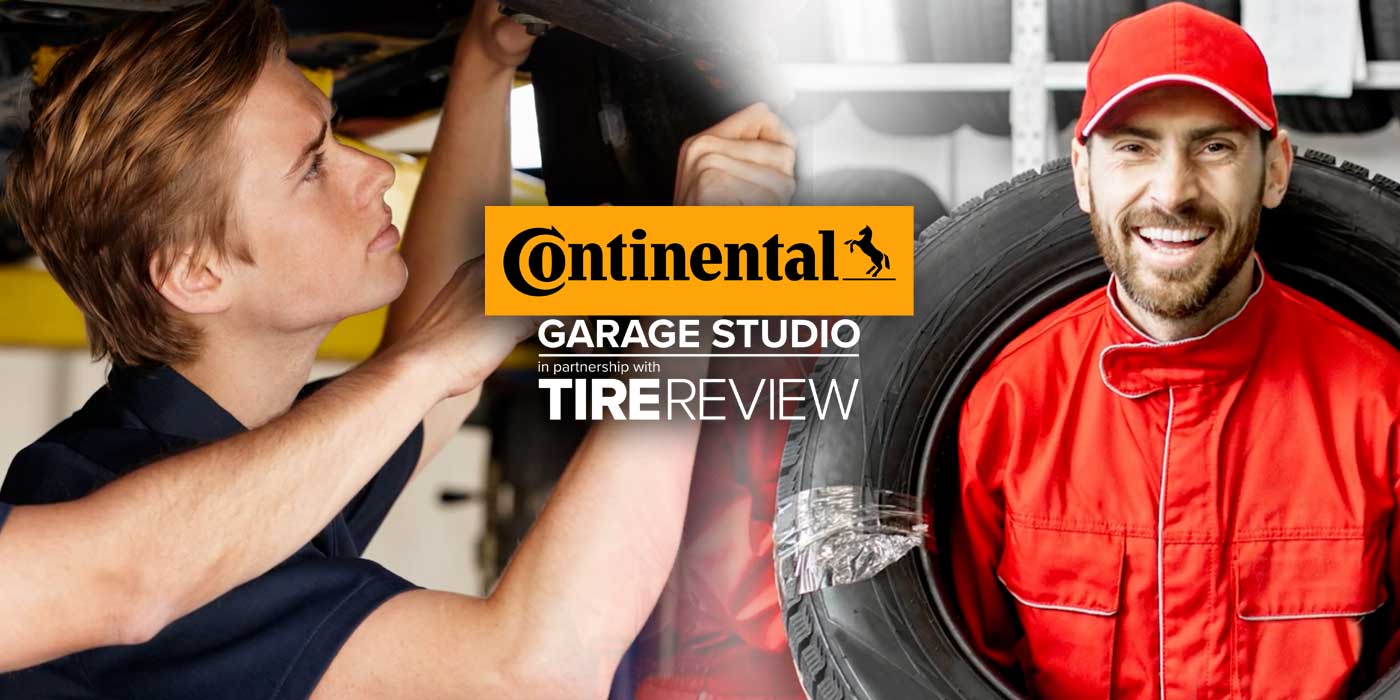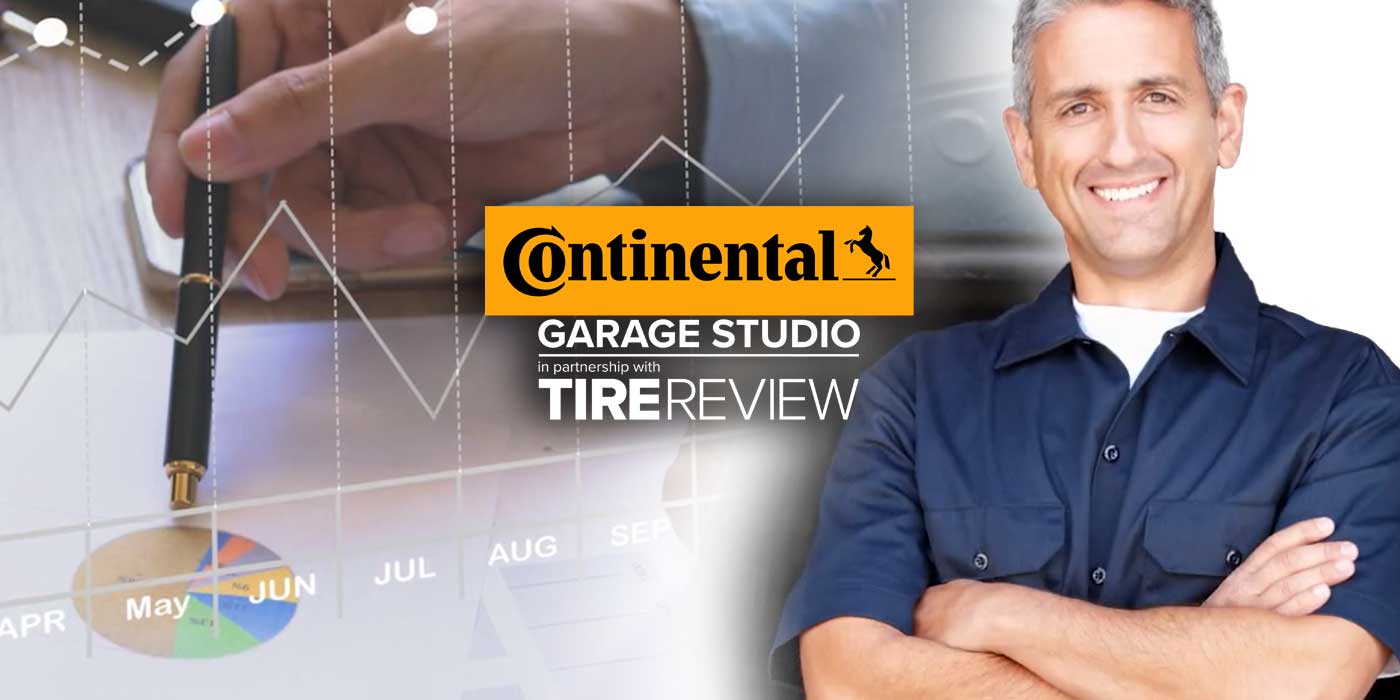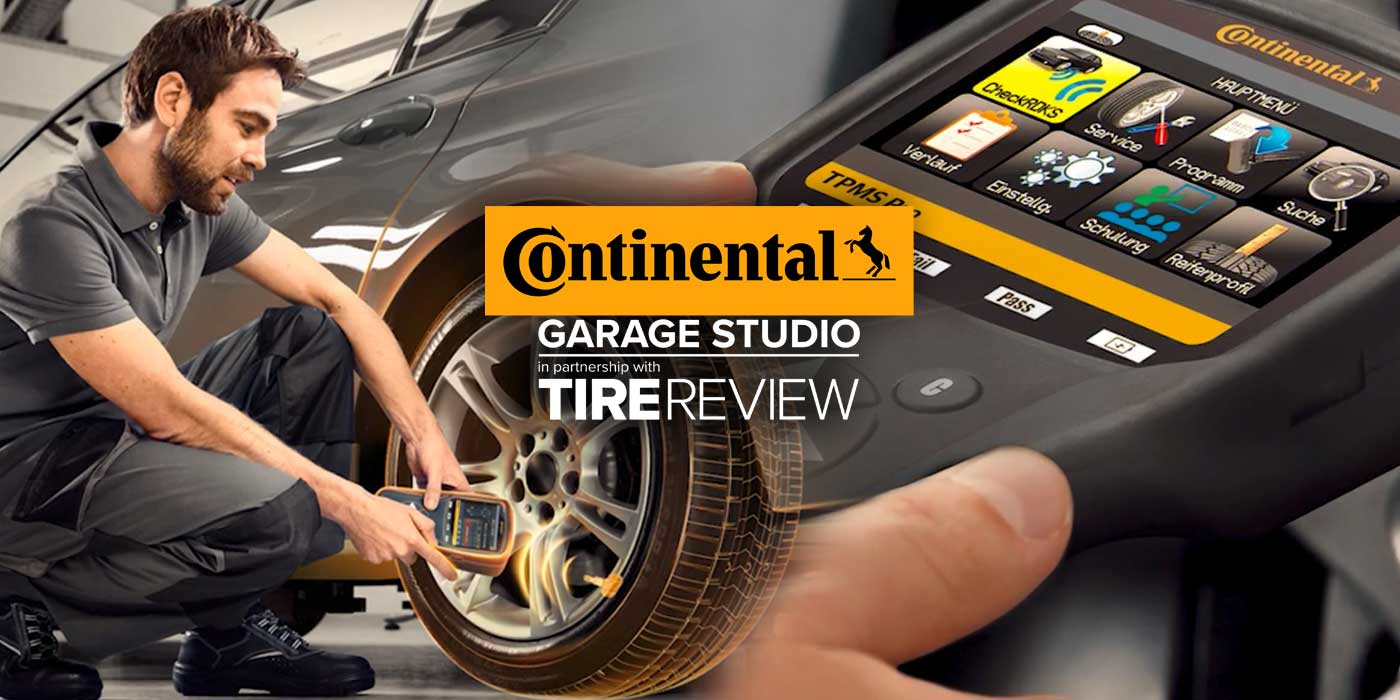Is your customer coming in complaining that their steering wheel is crooked while driving straight? Or maybe a pull to one side or another while driving?
Well, chances are they need a wheel alignment, and they probably aren’t paying attention to their regular vehicle maintenance intervals. That’s when you step in. Let’s talk about when you should recommend a wheel alignment to your customers and why in this Tire Review Continental Tire Garage Studio video.
A wheel alignment is an important suspension-tuning tool that influences the operation of your vehicle’s tires. And let’s face it: The alignment of a vehicle is complex. When talking about vehicle alignment, you’re talking about a system of suspension angles that are being measured and a variety of suspension components that need to be adjusted.
It’s not only important for you to know the alignment angles of the camber, caster and toe, but it’s also important to use that information to describe to customers why their car is out of alignment and what will happen to their costly tire investment if they deny an alignment service. So, let’s go over a few customer questions and how to address them.
First: What exactly is an alignment? This is tough without getting into the weeds. A good response is: “During an alignment, a technician will adjust the suspension angles on your vehicle using technology we have in the shop so that your vehicle travels straight down the road and you have a comfortable ride.”
Second question: Your customers may ask, “Why do my wheels even need aligned?” Well, it could be for a variety of reasons, really. Naturally, suspension parts wear over time, and any time they take a hit, whether by hitting a pothole, a curb, or anything in a minor accident, it can cause the alignment to get knocked out of place.
And third: “What’s the worst-case scenario if I don’t get an alignment today?” Well, they should get one soon, especially if they’re experiencing weird handling with their vehicle. It’s not so much about what happens today, but more about what happens over time. If the suspension is out of alignment, it leads to uneven pressure on the tires. This, over time, causes the tires to wear unevenly, which could lead the customer to purchase tires sooner than they would have needed with a proper alignment. Secondly, it won’t be comfortable to drive the vehicle. When tires begin to wear unevenly, customers may feel a vibration in the steering wheel, which could lead to other problems. And lastly, cars work harder when the tires wear unevenly. The harder the car works, the more fuel it burns. So when the tires are out of alignment and the tires begin to wear unevenly, customers end up paying more money for gas.
Try these out at the counter. Hopefully, your customer walks away with a better understanding of their vehicle. And remember to tell them that it is recommended that an alignment check, and potentially service, be performed on their vehicle about every six months – or immediately if they’ve hit something that could have caused damage.
Don’t forget to follow us on Instagram and Facebook and subscribe to our YouTube channel for more tire, service and shop operations videos.





